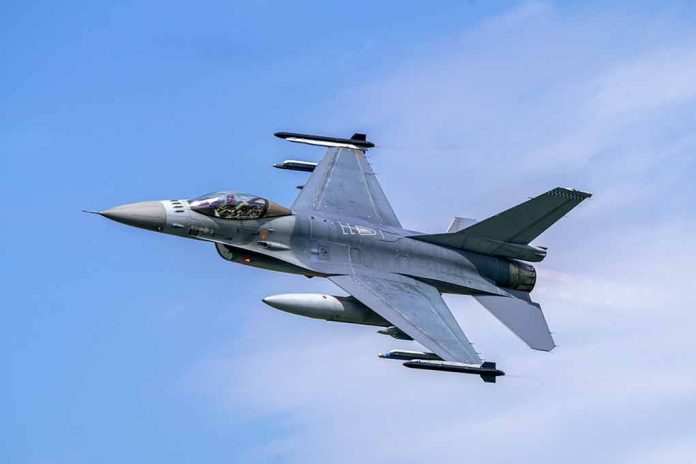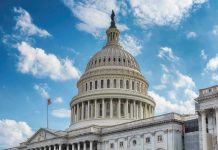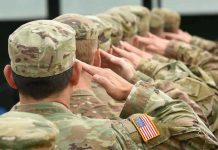
The USS Nimitz, on its final deployment before retirement, has returned to the contested South China Sea as part of America’s strategic military posture against China’s aggressive territorial expansions.
Key Takeaways
- The USS Nimitz nuclear-powered aircraft carrier has returned to the South China Sea amid ongoing territorial tensions between China and neighboring countries
- A dual carrier presence exists in the Western Pacific with the USS George Washington also deployed in the region
- The Nimitz made recent port calls in Malaysia and Guam, demonstrating America’s commitment to regional allies
- The USS America, an amphibious assault ship capable of carrying fighter jets, has been dispatched to the Philippine Sea
- The Nimitz is on its final overseas deployment before scheduled retirement in May 2026
Strategic Return to Contested Waters
The USS Nimitz, one of America’s formidable nuclear-powered aircraft carriers, has made a significant return to the South China Sea, a region fraught with territorial disputes primarily driven by China’s expansionist claims. This deployment comes at a critical time when tensions between China and its neighbors, particularly the Philippines, continue to simmer. The carrier’s presence serves as a powerful reminder of America’s commitment to maintaining freedom of navigation in international waters and supporting regional allies against aggressive territorial encroachments. As ship-tracking data reveals, the Nimitz was last spotted northeast of Singapore in the South China Sea, indicating its continued operational presence in this strategically vital region.
“Nimitz is conducting a port call in the U.S. [Seventh] Fleet area of operations on a scheduled deployment, demonstrating the U.S. Navy’s unwavering commitment to a free and open Indo-Pacific,” according to U.S. Navy photo caption.
Enhanced Military Presence in the Indo-Pacific
America’s naval strategy in the Indo-Pacific has intensified with the simultaneous deployment of multiple carrier groups. Beyond the Nimitz, the USS George Washington is also currently operating in the Western Pacific Ocean, creating a formidable dual carrier presence that significantly amplifies America’s deterrence capabilities. Additionally, the USS America, an amphibious assault ship capable of carrying fighter jets, has been positioned in the Philippine Sea, further strengthening the overall maritime force projection. This coordinated deployment of naval assets demonstrates President Trump’s administration’s robust approach to countering China’s growing assertiveness and reassuring regional allies of America’s unwavering support.
“Assets assigned to the U.S. [Seventh] Fleet operate alongside allies and partners every day to deter aggression and maintain security in the Indo-Pacific,” according to the U.S. Seventh Fleet.
Diplomatic Engagement Through Naval Presence
The Nimitz has engaged in strategic port calls during its deployment, recently visiting Malaysia where it hosted Malaysian naval officers, following an earlier stop in Guam. These diplomatic engagements are crucial components of America’s military diplomacy in the region, fostering stronger ties with allies and partners. Based in Japan, the U.S. Seventh Fleet emphasizes that the Nimitz “provides presence and combat-ready forces to the theater.” This final deployment before the Nimitz’s scheduled retirement in May 2025 carries significant symbolic weight, underscoring America’s long-term commitment to regional security even as naval assets transition. The carrier had previously operated in the South China Sea in early May before moving to the Strait of Malacca.
“Provides presence and combat-ready forces to the theater,” according to the U.S. Seventh Fleet.
While speculation remains about whether the Nimitz, George Washington, and America will conduct joint operations in the Western Pacific, their combined presence delivers an unmistakable message about America’s resolve to maintain regional stability and deter Chinese aggression. This deployment pattern aligns perfectly with President Trump’s strategic vision of peace through strength, ensuring that American military power remains the preeminent force for stability in the Indo-Pacific region despite persistent challenges from China’s territorial ambitions and growing naval capabilities.






